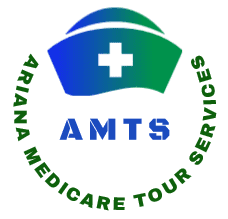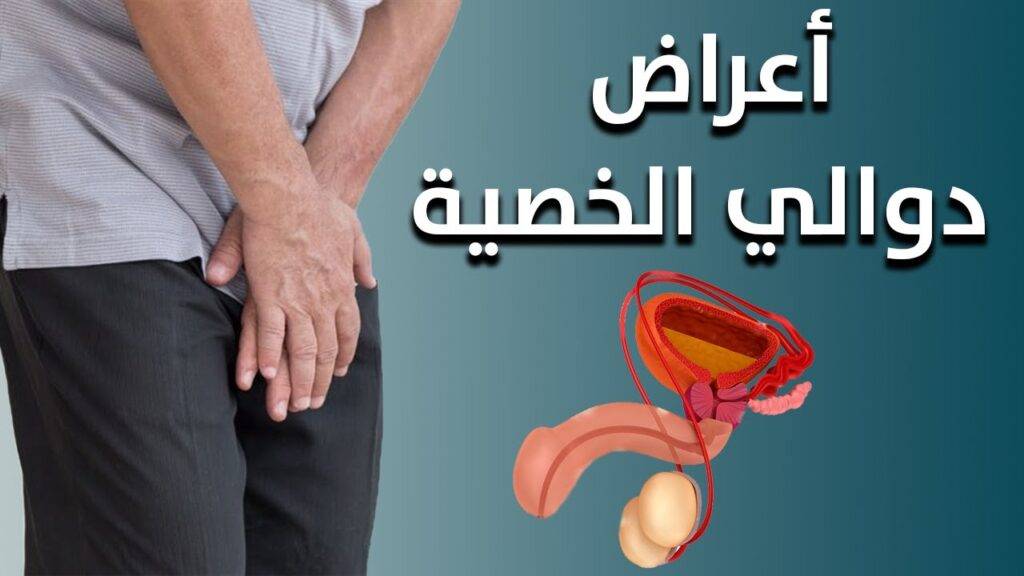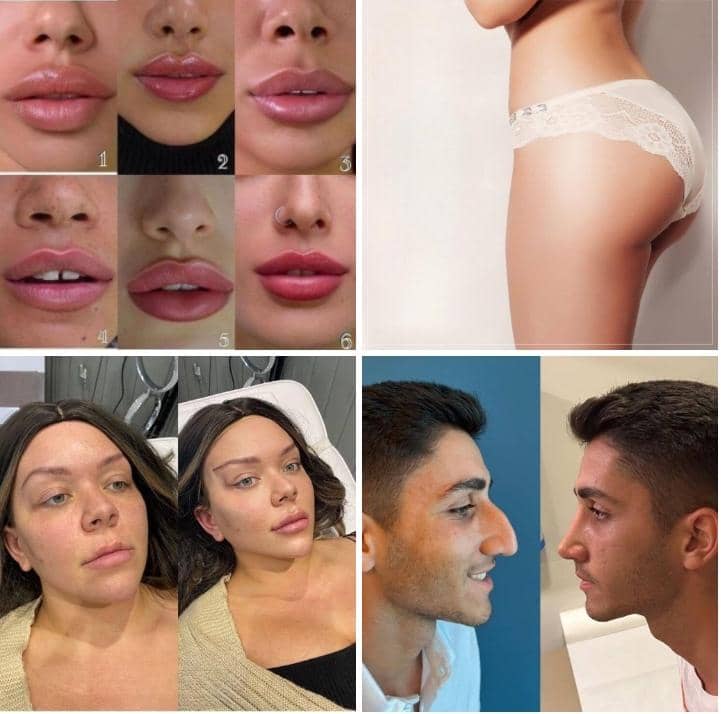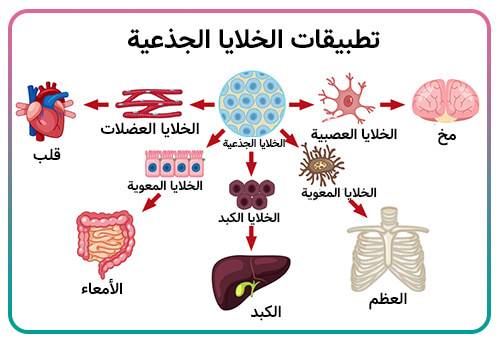
Article table of contents:
- Characteristics and features of stem cells
- Types of stem cells
- Cancer treatment with stem cells in Iran
- Treatment of neurological diseases in Iran Stem cell treatment for female infertility in Iran
- Stem cell treatment for male infertility in Iran
- Treatment of osteoarthritis and cartilage inflammation in Iran
- Treatment of osteoarthritis and cartilage inflammation in Iran
- Display the names of diseases that can be treated with stem cells in Iran
introduction:
Good news!
Stem cell therapy is a new service that can be offered at Savagenom Clinic in Iran. You can learn about the possibility of cellular therapy for your disease after genetic counseling. Currently, cellular therapy can be performed for a wide range of diseases, from all types of cancer to male and female infertility, for example, azoospermia. Also cellular therapy for disorders of the central and peripheral nervous system. Movement and heart disorders of all kinds, ALS diseases, M.S, mental retardation, as well as improvement of chronic knee and shoulder pain or skin and hair problems can be performed.
Stem cells have two unique and distinct characteristics:

- The miracle of stem cells is that these cells do not have a specific mission, but as a progenitor cell, they can become different types of functional cells in the body. Stem cells can be fat cells, bone cells, nerve cells, blood cells, etc. This property of stem cells plays an important role in the process of repair, regeneration and proper functioning of organs.
- Another important feature is that stem cells have a high reproducing power and can divide many times and produce cells identical to themselves with the potential to be stem cells. (the ability to self-renew).
Types of stem cells
Classification of stem cells according to the source of collection:
- Embryonic Stem Cells (ESCs)
Embryonic stem cells are found in the blastocyst cell mass before implantation. From a fetus embryo on the third to fifth day. These cells are pluripotent stem cells, which means they can become all types of cells in the body. Because these cells are obtained from human embryos, their use faces ethical restrictions and these cells are not used practically in cell therapy. Typically, research on this group of stem cells is associated with embryos that have been fertilized under laboratory conditions (sperm and egg are combined under laboratory conditions) but not implanted in the uterus..

- Mature Stem Cells
Adult stem cells, also called tissue or somatic stem cells, have been present throughout the body since fetal development. Adult stem cells are more specialized than embryonic stem cells. They remain in this state until the body needs them for a specific purpose. For example, skin or muscle cells. These cells are found in a limited number in most tissues of the body. Adult stem cells are rare, undifferentiated cells that are distributed among the differentiated or specialized cells of developing organs.
Fortunately, with the extensive research conducted in recent years in many research and academic centers in the field of cell therapy, Iran is considered one of the leading countries in the field of stem cell therapy. On the other hand, considering the very high cost of stem cell-based treatments in other countries, cellular therapy in Iran is available as a high-quality service and at the same time much cheaper compared to other countries.
Stem cell therapy is currently being used for a wide range of diseases and disorders, which we mention below:
- Cancer treatment with stem cells in Iran
Currently, the possibility of cell therapy is available for a range of blood cancers (ALL, AML, MM) and is also being performed for cancers such as bowel, appendix, ovary and breast. In cancer, hematopoietic stem cells have long been the standard treatment for hematologic malignancies because of their ability to regenerate. For example, the use of umbilical cord hematopoietic stem cells in many cases of leukemia has been investigated further as precursors of immune cells, which ultimately lead to tumor regression. In addition, mesenchymal stem cells have also been used in sites of cancer due to their antitumor properties.
- Treatment of neurological diseases with stem cells
In the field of neurological diseases and disorders of the nervous system, stem cell therapy could be a major advance and has shown unique potential so far. Currently, different cell types have been used in cell therapy studies, including embryonic stem cells, neural progenitor cells (NSPCs), and mesenchymal stem cells. Human stromal stem cells are currently one of the most popular cell types for cell therapy studies, including in the treatment of neurological diseases. Hundreds of animal studies have demonstrated its immunomodulatory and therapeutic effects for various neurological disorders. In addition, even conditioned medium or exosomes derived from mesenchymal stem cells have been shown to reduce stroke symptoms. Some researchers have reported that stem cells can differentiate into nerve cells in the damaged area. The researchers also found that CSCs can lead to significant functional improvement without differentiation. The therapeutic effects of the cells can be related to the source of the cells or the age of the donor. Today, cellular therapy can be performed in cases of amyotrophic lateral sclerosis (ALS), various muscular dystrophies, or multiple sclerosis (MS). In general, stem cell therapy can be used in disorders caused by damage to the peripheral and central nervous system, such as stroke. Stem cell therapy can improve movement disorders related to nerve cell damage in the brain and spinal cord. Cell therapy in the field of neurological diseases or lesions of the brain and spinal cord controls the progression of disease symptoms.
- Stem cell therapy in cases of female infertility
Mesenchymal stem cells (MSCs) are an important resource in treating infertility through cell therapy. These cells play an important role in repairing damage and improving endometrial function, as stem cells go to the damaged ovaries and settle there to restore ovarian function through the release of various cytokines. These cytokines cause new vessels to form, preventing apoptosis (cell death) and thus improving ovarian function.
Mesenchymal stem cells regenerate the endometrium by releasing bioactive molecules (these molecules modulate inflammation and other immune reactions). Using cell therapy, the tissue pacemaker cells are activated and results in the restoration of fertility.
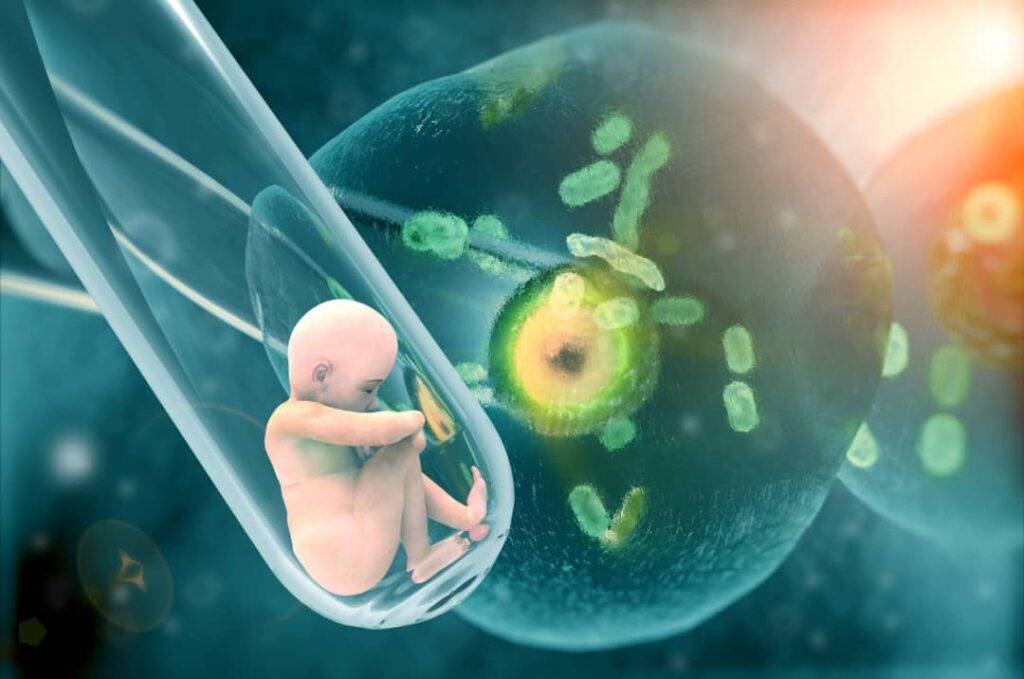
Stem cell treatment for male infertility in Iran:
- Stem cell treatment for male infertility in Iran:
Azoospermia is associated with the absence of normal, functionally mature sperm in the ejaculate and accounts for approximately 15% of male infertility. Spermogenic stem cells (SSCs), which have self-renewing properties, can eventually transform into mature spermatogonia. Therefore, cellular therapy can play an important role in resolving this common cause of male infertility.
- Cell therapy in osteoarthritis and cartilage inflammation in Iran:
Which covers the surface of the joint, is the main cause of arthritis pain. The cartilage of the articular surface reduces the friction of movement of the joint and acts as a cushion against weight-bearing. Currently, stem cell therapy for shoulder, arm and knee pain has provided promising results and can be performed. For example, intra-articular injections of human stem cells increase the volume of knee cartilage and improve pain. Many studies have reported that the treatment of knee osteoarthritis with stem cell injections into the joint shows positive results. In fact, stem cell therapy can reduce knee pain and improve physical function and cartilage quality.
- Stem cell therapy for discoid back pain in Iran:
Chronic low back pain affects 68% of adults over the age of 60 worldwide. Stem cell therapy has shown beneficial results as an alternative to conventional regimens in the management of degenerative disc disease (DDD). The goal of stem cell therapy is the cellular restoration of the disc and the reduction of the inflammatory response
Mesenchymal stem cells can rapidly divide and repair damaged cartilage, making them suitable for treating conditions such as injuries to tendons, ligaments, and cartilage. Bone marrow stem cells are usually used in the cellular therapy of diseases of the musculoskeletal system.
View the names of diseases that can be treated using cord blood stem cells in Iran in more detail in the list below:
- Diseases including stem cell disorders, acute leukemias, chronic leukemias, diseases of defects in lymphocyte production,
Hereditary red blood cell abnormalities - Congenital immune system disorders
Plasma cell disorders, genetic diseases and other diseases such as Alzheimer’s, diabetes, Parkinson’s, spinal cord injuries, heart and brain strokes, liver diseases and muscular dystrophy can all be treated using cord blood stem cells. - Stem cell disorders: aplastic anemia, Fanconi anemia, paroxysmal nocturnal hemoglobinuria (PNH)Acute leukemia: AML, ALL, acute undifferentiated leukemia
- Chronic leukemia: chronic myelogenous leukemia
- Diseases of lymphocyte production defects: non-Hodgkin’s lymphoma, Hodgkin’s lymphoma
- Genetic abnormalities of red blood cells: beta-thalassemia major, sickle cell anemia
- Congenital immune system disorders: Kostmann syndrome, leukocyte adhesion defect
- Congenital immune system disorders: Kostmann syndrome, leukocyte adhesion defect
- Plasma cell disorders: multiple myeloma, plasma cell leukemia
- Genetic diseases: Lach-Nyhan syndrome, chondroprotectors
- Other diseases: Alzheimer’s, diabetes, Parkinson’s, spinal cord injuries, heart and brain strokes, liver disease, and muscular dystrophy.
